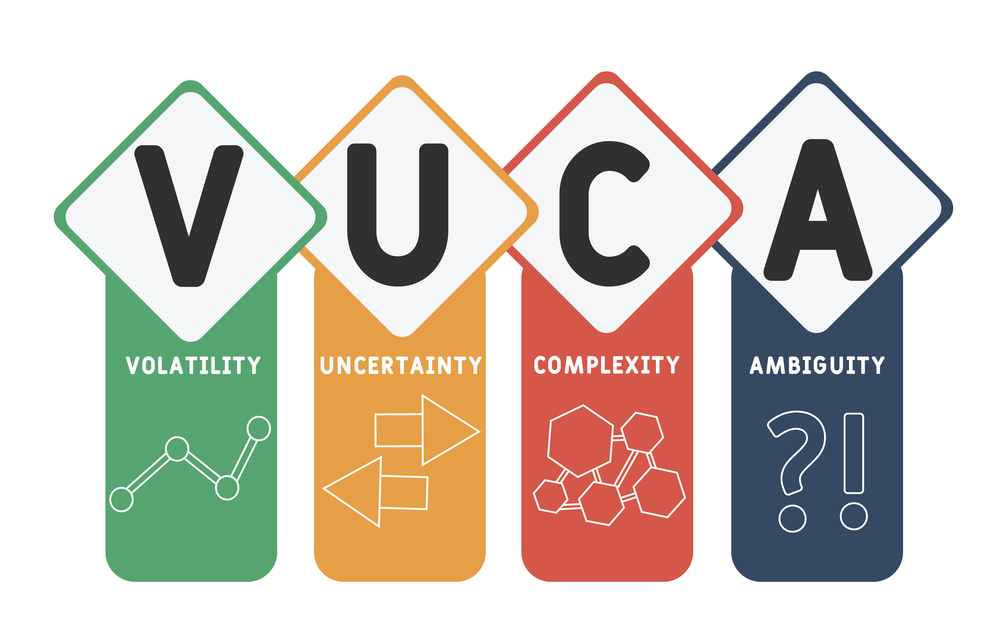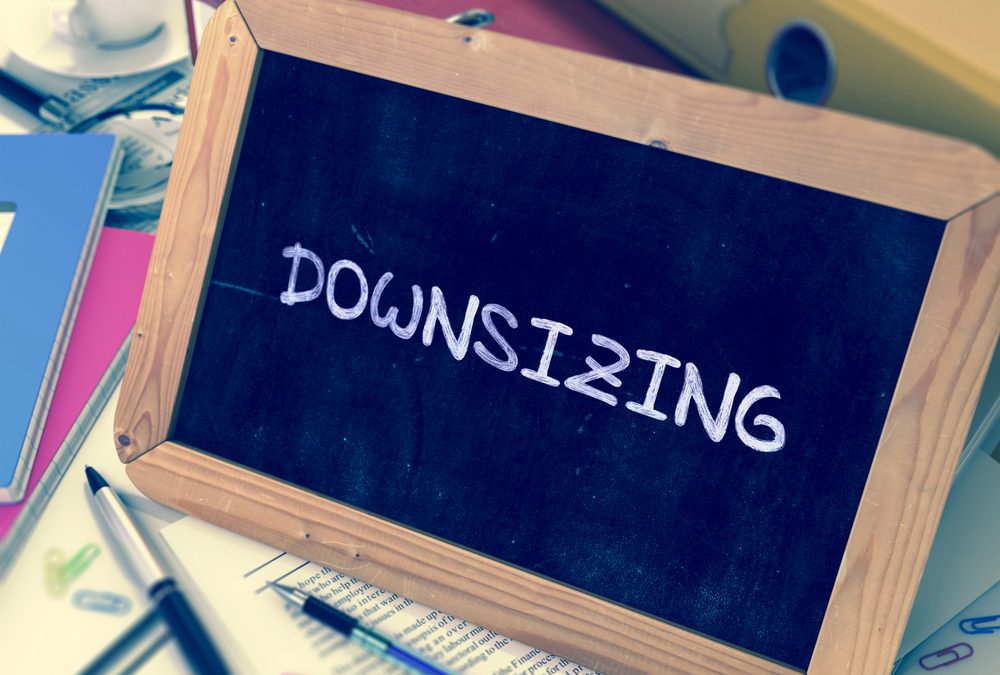Leaders: how accurate is your understanding of your impact on others? According to the Industrial/Organizational Psychologists at Psychometrics.com, 95 percent of leaders believe they are self-aware, while a shocking 10-15 percent actually are. Ouch, that’s a big self-awareness gap.
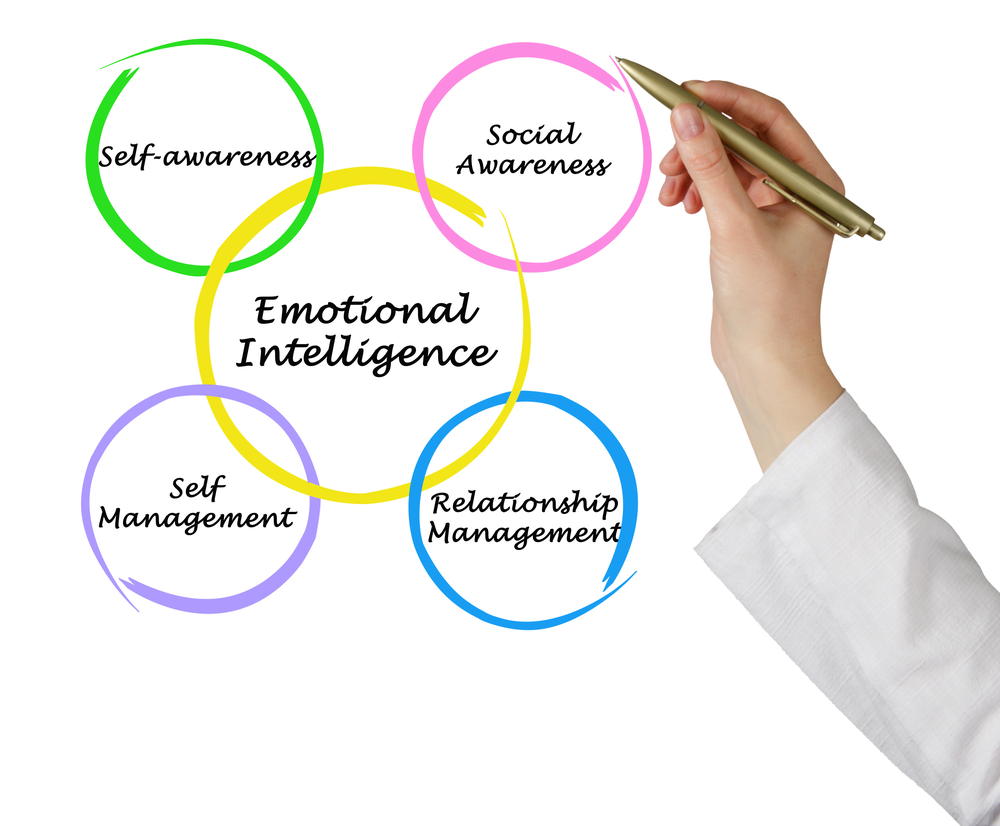 In a previous blog, I discussed leaders and self-awareness, where self-awareness is the ability to reflect on and accurately assess one’s own behaviours, skills and the impact these have on others. Of course, this is linked to emotional intelligence (i.e., the ability to identify, understand, and manage not only your own emotions but also those of others), which is highly correlated with effective leadership and success in general.
In a previous blog, I discussed leaders and self-awareness, where self-awareness is the ability to reflect on and accurately assess one’s own behaviours, skills and the impact these have on others. Of course, this is linked to emotional intelligence (i.e., the ability to identify, understand, and manage not only your own emotions but also those of others), which is highly correlated with effective leadership and success in general.
Internal vs. External Self-Awareness
In the previous blog post, I also explained how self-awareness could be split into internal self-awareness and external self-awareness.
Internal self-awareness is the ability to look inward and reflect on and understand your own skills, behaviours, values and motivators. It is the self-understanding of who you are, your strengths, weaknesses, feelings and goals.
In contrast, external self-awareness is the understanding of how others see us and how our impact is felt. In other words, a leader’s intention and how it aligns with that leader’s impact.
Intention is what someone knows about himself/herself and what they hope to accomplish, while impact is an understanding of the results of one’s actions.
The Self-Awareness Gap: Intentions vs. Impact
There is a self-awareness gap when there is a disconnect between our intentions and their impact. This is where we find leadership blind spots.
“The more closely aligned an individual’s intention and impact are, the smaller the awareness gap will be.” – Psychometrics.com
To gauge intention, the internal side of self-awareness, we use personality assessments to explore our preferred styles of operating, values and motivators. This is the “fun” stuff; personality assessments that often confirm what we tend to know on some level.
On the other hand, a leader’s impact is harder and often more uncomfortable to gauge. First and foremost, we need to measure objectively. With honest and objective feedback, leaders learn their blind spots … how their behaviours are received/perceived by others and opportunities for development become apparent.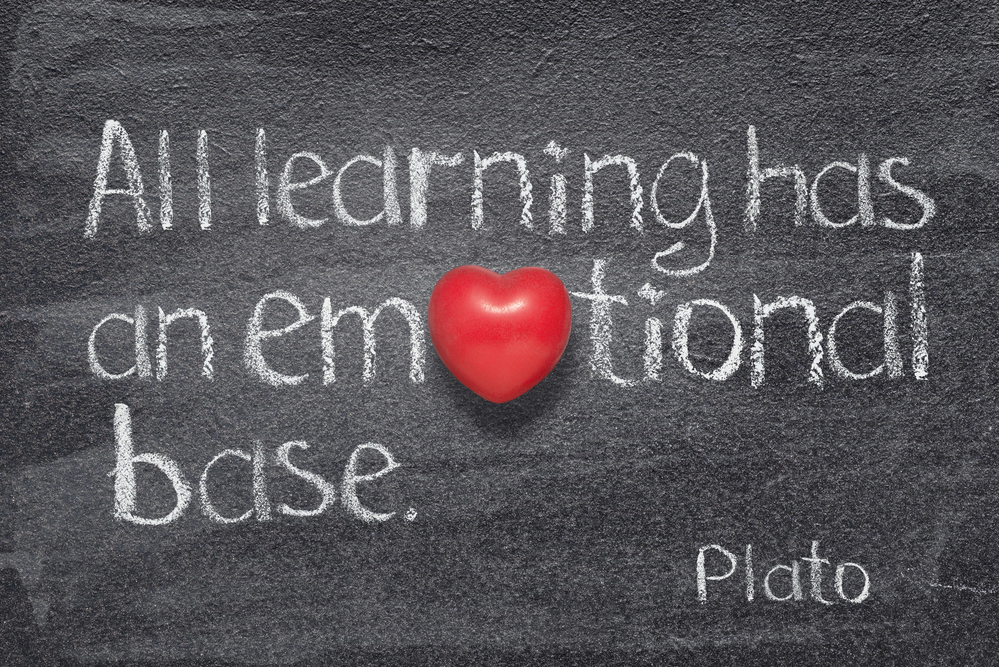
Even though it can be uncomfortable, it’s crucial to an organization’s success. When a leader is self-aware, he/she/they can eliminate the gap between what they are trying to accomplish and their impact – the results of their actions.
For example, a leader’s intention may be to encourage autonomy in his staff, but he could appear to others as so hands-off that he’s uninterested. Another leader might intend to provide clear guidance, but he or she is perceived as a controlling micromanager. Both leaders have positive intentions but may not have the desired impact if they are unaware of how others interpret their behaviours.
It takes courage to face our shortcomings, but it is worth the effort and the potential short-term discomfort. Knowing how your behaviour impacts others, you can become more aware of the culture that you are creating within your organization and ultimately become a much better leader.
I Help Leaders Be the Best They Can Be
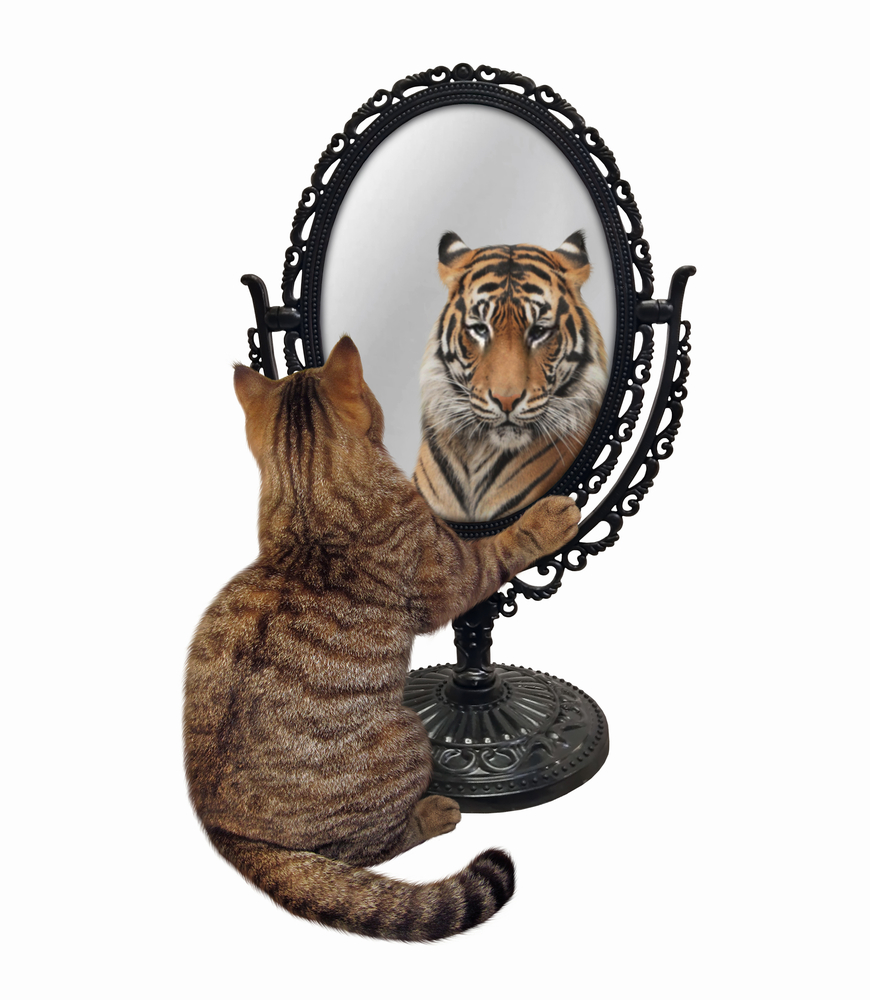 I help my clients gain precise and objective feedback on their strengths and weaknesses. The goal is to reduce the self-awareness gap. In many organizations, the performance feedback mechanism isn’t enough to get this information. Despite good intentions, most managers and superiors are too busy to give actionable feedback. They are often preoccupied with meeting their own objectives, and especially in hybrid and remote contexts, they may not see enough of others’ performance in action to be able to weigh in. Direct reports are (understandably) uncomfortable giving honest feedback, even within a 360 feedback exercise where their insights might be harder to attribute.
I help my clients gain precise and objective feedback on their strengths and weaknesses. The goal is to reduce the self-awareness gap. In many organizations, the performance feedback mechanism isn’t enough to get this information. Despite good intentions, most managers and superiors are too busy to give actionable feedback. They are often preoccupied with meeting their own objectives, and especially in hybrid and remote contexts, they may not see enough of others’ performance in action to be able to weigh in. Direct reports are (understandably) uncomfortable giving honest feedback, even within a 360 feedback exercise where their insights might be harder to attribute.
If this image resonates with you, consider reading my book “How to Be Resilient in Your Career: Facing up to Barriers at Work.”
If you’re interested in executive coaching, a leadership assessment or becoming a more inclusive leader, please reach out today for a free and confidential initial consultation by phone, email, or by direct message on Twitter, Facebook or LinkedIn.
More than career coaching, it’s career psychology®.
I/O Advisory Services Inc. – Building Resilient Careers and Organizations TM.
